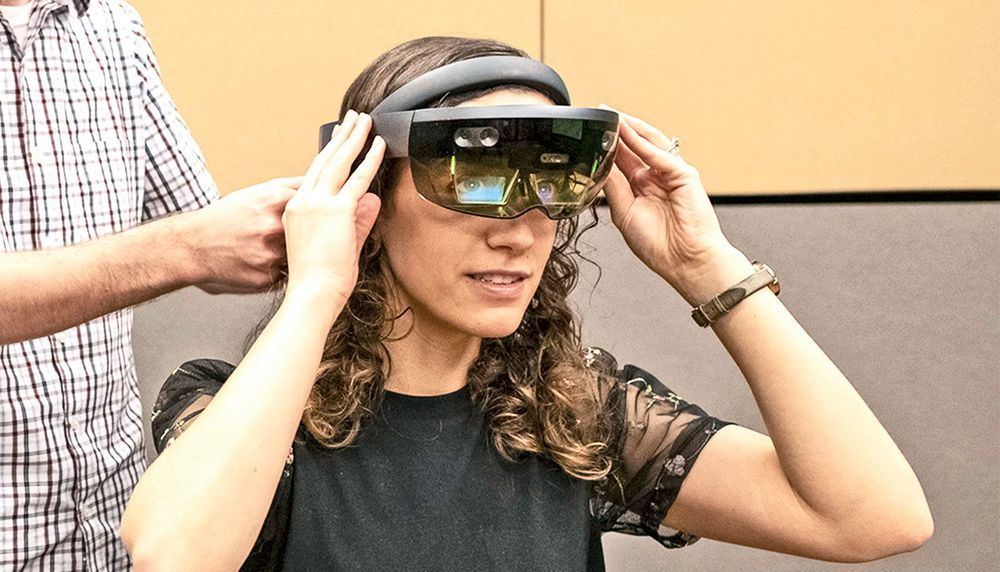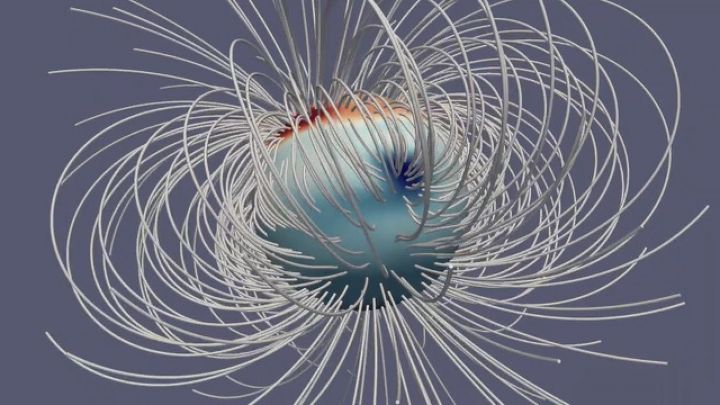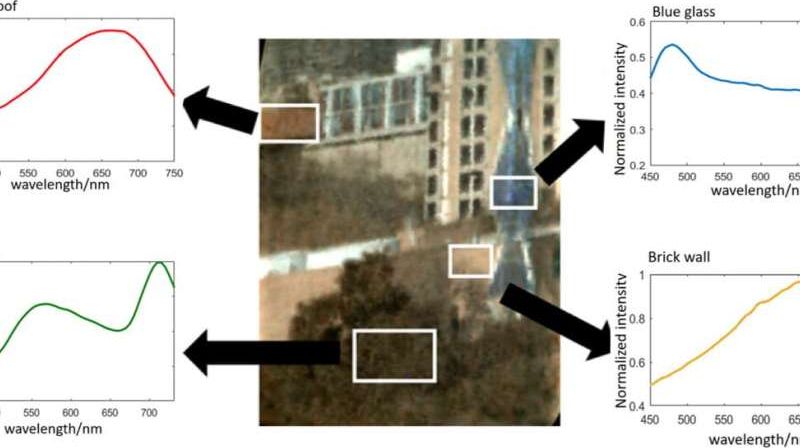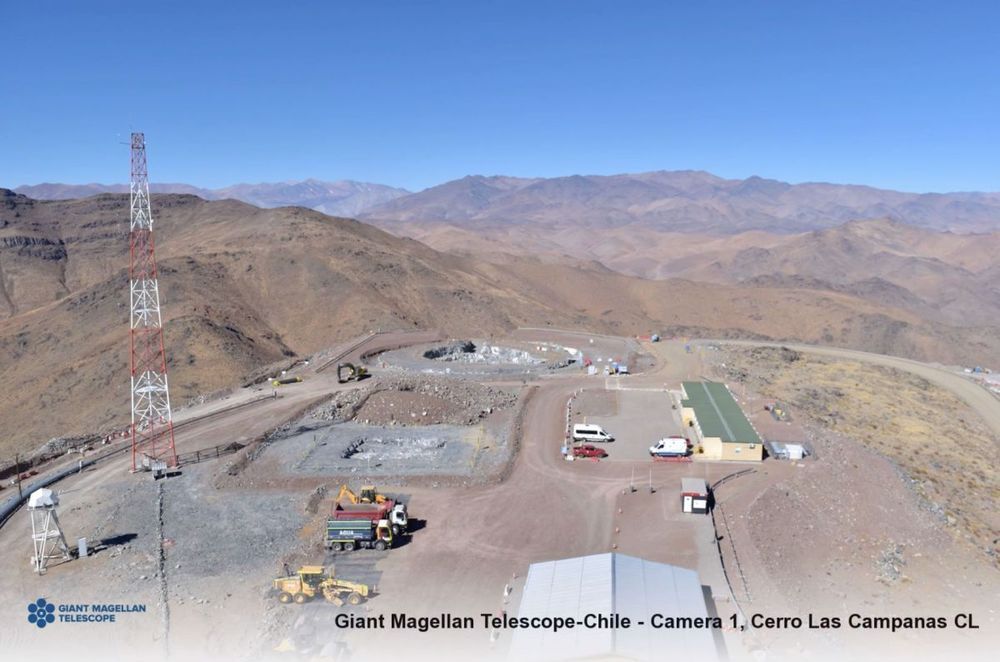Page 7837
May 20, 2019
Kavli and Nobel Laureates Tackle Science’s Big Questions
Posted by Genevieve Klien in categories: information science, science
The National Academy of Sciences is always an impressive place, with visitors greeted out front by a more-then-life-sized bronze statue of Albert Einstein. In keeping with the spirit of the academy, Einstein is not depicted standing with his eyes looking upward to some fantastic future. Rather, he is seated, looking slightly downward in thought, holding papers on which his equations are written—doing the hard work of trying to make that fantastic future happen.
On April 9th, the academy hosted an event, sponsored by the Kavli Foundation and produced by Scientific American, that honored 10 individuals who have also done the hard work of making the world better through their scientific research. The 10 were all winners of Nobel Prizes, Kavli Prizes or both. And for one hour, they took to the stage in the Fred Kavli Auditorium within the academy building to field questions by Scientific American Editor-In-Chief Mariette DiChristina. This video represents a few of the highlights of that panel discussion.
May 20, 2019
New Artificial Intelligence Sees Like a Human, Bringing Us Closer to Skynet
Posted by Quinn Sena in category: robotics/AI
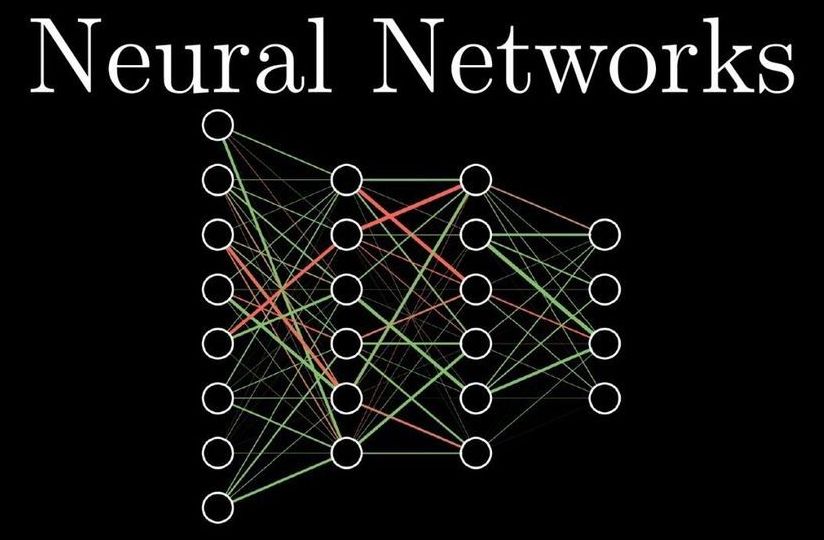
The new technology could be used for the development of effective and time-sensitive search-and-rescue robots.
May 20, 2019
The Tamagotchi is back after 23 years. This time it comes in colour
Posted by Quinn Sena in category: futurism
May 20, 2019
Driverless cars working together can speed up traffic
Posted by Quinn Sena in categories: robotics/AI, transportation
A fleet of driverless cars working together to keep traffic moving smoothly can improve overall traffic flow by at least 35 percent, researchers have shown.
The researchers, from the University of Cambridge, programmed a small fleet of miniature robotic cars to drive on a multi-lane track and observed how the traffic flow changed when one of the cars stopped.
When the cars were not driving cooperatively, any cars behind the stopped car had to stop or slow down and wait for a gap in the traffic, as would typically happen on a real road. A queue quickly formed behind the stopped car and overall traffic flow was slowed.
Continue reading “Driverless cars working together can speed up traffic” »
May 20, 2019
NASA’s Juno Finds Changes in Jupiter’s Magnetic Field
Posted by Michael Lance in category: space
The discovery will help scientists further understand Jupiter’s interior structure — including atmospheric dynamics — as well as changes in Earth’s magnetic field. A paper on the discovery was published today in the journal Nature Astronomy.
“Secularvariation has been on the wish list of planetary scientists for decades,” said Scott Bolton, Juno principal investigator from the Southwest ResearchInstitute in San Antonio. “This discovery could only take place due toJuno’s extremely accurate science instruments and the unique nature of Juno’sorbit, which carries it low over the planet as it travels from pole to pole.”
Characterizing the magnetic field of a planetrequires close-up measurements. Juno scientists compared data from NASA’s pastmissions to Jupiter (Pioneer 10 and 11, Voyager 1 and Ulysses) to a new model ofJupiter’s magnetic field (called JRM09). The new model was based on datacollected during Juno’s first eight science passes of Jupiter using itsmagnetometer, an instrument capable of generating a detailed three-dimensionalmap of the magnetic field.
Continue reading “NASA’s Juno Finds Changes in Jupiter’s Magnetic Field” »
NASA’s Juno mission to Jupiter made the first definitive detection beyond our world of an internal magnetic field that changes over time, a phenomenon called secular variation. Juno determined the gas giant’s secular variation is most likely driven by the planet’s deep atmospheric winds.
The discovery will help scientists further understand Jupiter’s interior structure—including atmospheric dynamics—as well as changes in Earth’s magnetic field. A paper on the discovery was published today in the journal Nature Astronomy.
“Secular variation has been on the wish list of planetary scientists for decades,” said Scott Bolton, Juno principal investigator from the Southwest Research Institute in San Antonio. “This discovery could only take place due to Juno’s extremely accurate science instruments and the unique nature of Juno’s orbit, which carries it low over the planet as it travels from pole to pole.”
Continue reading “Juno finds changes in Jupiter’s magnetic field” »
May 20, 2019
Hyperspectral camera captures wealth of data in an instant
Posted by Quinn Sena in categories: bioengineering, drones, space
Standard snapshots from space don’t quite show Earth in all its glory. There’s so much more to see.
To reveal details impossible to observe with the naked eye, Rice University engineers are building a portable spectrometer that can be mounted on a small satellite, flown on an airplane or a drone or someday even held in the hand.
Bioengineer Tomasz Tkaczyk and his colleagues at Rice’s Brown School of Engineering and Wiess School of Natural Sciences have published the first results from a NASA-funded project to develop a small, sophisticated spectrometer with unusual versatility. Their paper appears in Optics Express.
Continue reading “Hyperspectral camera captures wealth of data in an instant” »
May 20, 2019
A universal description of non-equilibrium colloid phase separation
Posted by Quinn Sena in category: particle physics
Liquids, with their flowing dynamics, are often far from equilibrium. This makes it particularly hard to model processes in soft matter or living tissue, which contain liquids. New research from the University of Tokyo’s Institute of Industrial Science (IIS) offers an elegant approach to modeling the self-organization of out-of-equilibrium systems.
Such systems naturally try to self-organize into more stable states. Colloidal suspensions—homogeneous suspensions of undissolved particles in a liquid, which are widespread in nature—tend to separate out over time if colloids strongly attract with each other. A major difficulty in modeling this process is the complex dynamical interaction between colloids and liquid. The two components have very different dynamics that are hard to unite in a single model.
The IIS study, published in Nature Computational Materials, resolves this through an approach termed fluid particle dynamics (FPD). Instead of being treated as solids, the suspended colloid particles are simulated as undeformable highly viscous liquid droplets. This effectively makes the colloidal suspension a binary liquid mixture, and removes the need for complicated treatment of a solid-liquid boundary condition.
Continue reading “A universal description of non-equilibrium colloid phase separation” »
